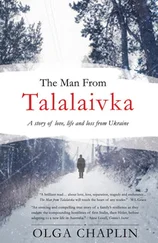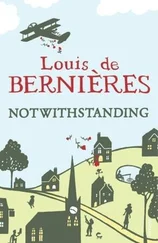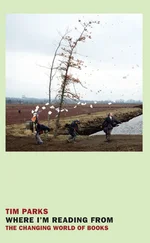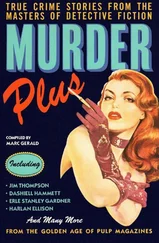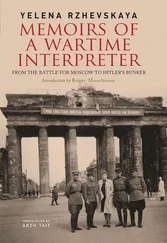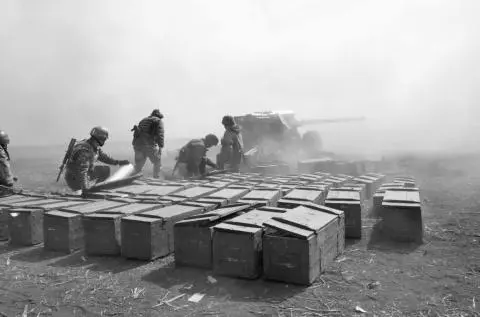
Ukrainian army, artillery practice. Urzuf, March 2015.
In this new phase the question was endurance. Ukraine needed money and foreign investment to stabilize its economy, but investment especially would not come as long as there was war. Heavy industry and mining had been badly affected by the fighting in the east, but Ukraine is big and a country of enormous unrealized potential. At the western edge of Kiev, for example, is Antonov, the plane maker and designer and Ukraine’s only internationally known brand and company. The war had left the firm, which employs more than 12,000 people, struggling to disentangle itself from Russia. Before the war, Russia ordered their military transport planes especially, and it was there that so many of their parts were made.
In its simulators I saw Cubans training for its small airliners and, in one hangar where planes were being built, a solitary gray military transport, which would soon be handed over to the armed forces. Another one, I was told, would also soon be ready, but completion was delayed because until now the propellers had been made in Russia and now they would have to be made in Ukraine, which was possible but time-consuming to do from scratch. “We will find business and work well even without Russia,” said Dmytro Kiva, the company’s seventy-two-year-old president, cheerfully. He is only the second man to have run it since the death of Oleg Antonov himself, who founded the firm in 1946 and died in 1984. The shock of the war and break with Russia had shaken Antonov so profoundly that its leadership had been jolted into understanding that it could no longer coast along as it always had in the past. In Soviet times Antonov had been a world-beating company, but now, still state-owned, it had squandered the years since independence. With its skilled employees hunched over modern design computers, it has a future, if it can catch up and find investment. In the hangar, no one was working bolting planes together though. It was lunchtime and everyone was eating at the same time. Some who had finished were playing netball in the sun.
With its catastrophic drop in population from 52.18 million in 1992 to an estimated 45.49 million in 2013, Ukraine cannot afford to lose any more of its educated youth. The Maidan revolution had inspired many of them, but this motivating force is fast receding into the past. In Kiev, Evgenia Chernega, a thirty-two-year-old psychotherapist, told me how she had gone to live with a boyfriend in Canada, and when the revolution started they got married. On a visit to New York, she found herself crying as she read in the New York Times what was happening at home. “I felt I had to be there,” she said. She had to come back to finish her studies anyway, so four days after getting married, she flew to Kiev and offered her services as a volunteer psychotherapist to those on the Maidan who needed help. She never returned to the man she had married, who had taken Canadian citizenship and did not want to look back to Ukraine, which he had left when he was fourteen years old. Now, said Evgenia, for whom normal life had resumed, things “felt better,” but what scared her was that “they can keep us in this situation for ten years.” There would be constant stress for men, who could be called up at any time now and in the future. She had told her new boyfriend that perhaps he should think of looking for a job abroad. If people in the east really did not want to be part of Ukraine, then “why should our men die?”
The revolution and the war also changed the life of Ludmila Makarova, aged thirty. Before the war she had worked in publishing and for a travel company, then got a well-paid job with an international legal practice. As soon as Yanukovych decided not to sign the EU agreements, it was clear there was not going to be enough work, and she lost the job before she had even started it. She researched flights to India, confident of getting a job for a Ukrainian or Russian tour operator there, looking after their vacationers. She was not very interested in Ukrainian politics, though she had taken part in the Orange Revolution in 2004 and had—like so many others—become disillusioned with politics in its wake. When, a week into the 2013 protests, the Berkut riot police resorted to beatings to clear away the relatively few who were sleeping overnight on the Maidan, something changed. “I felt ashamed for my country. India could wait, but Ukraine needed me.” She volunteered at a tea and soup kitchen serving protesters on the square. Afterward, as the war began, she learned how to become an instructor to train soldiers and civilians in first-aid techniques tailored for frontline injuries. She said:
There is no point in complaining and saying that everything in Ukraine is corrupt, that the government is shitty, that the system doesn’t work and then just sit around moaning. You have to do something yourself. It is still worth trying, and there is no other country where I can be more useful.
Ukraine was not just in combat with Russia and the rebels it sponsored. It was in a race against time to save what could be saved and to set the country back on the right path. Almost a quarter of a century had been lost since independence. Before 2003, the first words of the national anthem, composed in 1863, were: “Ukraine has not yet died…” Since the state was now independent, this had been modified to “Ukraine’s glory has not yet died.” You can understand why the original still served to inspire though.
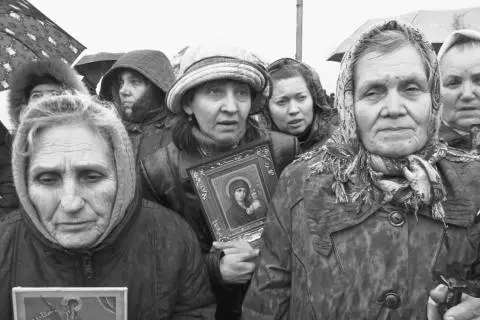
Women defending a rebel barricade. Sloviansk, April 2014.
Some notes of explanation: to an extraordinary extent Ukraine is a bilingual country. A large proportion of the population can either switch between Ukrainian and Russian or have a good understanding of the other language. Many also speak a mix of the two called Surzhyk . They don’t worry overly if Lugansk is written in the Russian way with a “g” or in the Ukrainian way, Luhansk, with an “h,” so I don’t feel compelled to either. I am spelling Kiev and Odessa in the way they have always been spelled in English and don’t feel the need to take what many regard as a political stance by switching to the Ukrainian Kyiv and Odesa. Likewise it really does not matter if Aleksandr becomes Alexander or Oleksandr, the Ukrainian version, and so on. In the traditional Russian spelling it is Donbass and in Ukrainian Donbas. I have used both.
I asked many people their age, not just because this is normal journalistic practice, but because it is helpful for the reader to have an idea of what generation they are. Sometimes I forgot to ask people how old they were and sometimes it was not appropriate. Sometimes I have not used people’s surnames because either they did not want to give them to me or they did not want me to use them.
An alternative name for the Maidan revolution is the Euromaidan revolution. Its focal point was Maidan Nezalezhnosti, Kiev’s central Independence Square. The Ukrainian parliament is called the Verkhovna Rada. After the first mention, I decided not to spell that out each time it was written about.
I applied to the press service of Russia’s Ministry of Foreign Affairs with regards to a visa for visiting Crimea after the annexation of the territory. I never received an answer, and the press office of the Russian embassy in London told me that they could not help as it was “more polite” to wait for the ministry’s response. An enquiry at the Russian embassy in Kiev proved equally futile.
Читать дальше



